Seeking some literary support as you celebrate presidents in February? Stimulate your students with some basic background via a Walking Classroom podcast. Then, extend the lesson with a quick read . . . or two! You won’t be lacking for folks on whom to focus!
Program 4 takes you from the father of our country to the first African American president, and Program 5 covers a couple of notable names in between!
Program 4 Picks . . .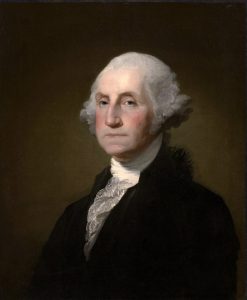
Celebrate George Washington (4-#86, Combined-#71) and his birthday (February 22) with a selection of biographies. Include a pair of picture books, perfect for reading aloud.
- Big George: How a Shy Boy Became President Washington (880L) by Anne Rockwell
- Farmer George Plants a Nation (970L) by Peggy Thomas
Be sure to incorporate some hands-on activities in your history lesson! Get some help from George Washington: 25 Projects You Build Yourself (910L) by Carla Mooney. Or, mix in a bit of math as you introduce your students to codes and cipher in George Washington, Spymaster (1100L) by Thomas B. Allen.
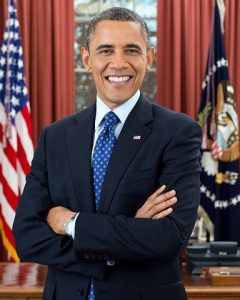 Then, introduce your students to our most recent president, Barack Obama (4-#12, Combined-#125). Share Coretta Scott King Award winner Nikki Grimes’ inspirational picture book biography, detailing the life of the 44th U.S. President, Barack Obama: Son of Promise, Child of Hope (630L).
Then, introduce your students to our most recent president, Barack Obama (4-#12, Combined-#125). Share Coretta Scott King Award winner Nikki Grimes’ inspirational picture book biography, detailing the life of the 44th U.S. President, Barack Obama: Son of Promise, Child of Hope (630L).
. . . and Program 5 Possibilities!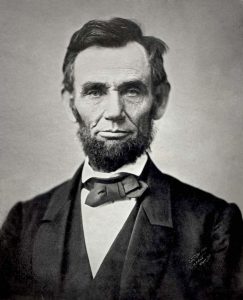
Introduce Abraham Lincoln (5-#54, Combined-#83), another noted president born this month (February 12) with an array of picture books, suited to a range of reading levels.
- A. Lincoln and Me (580L) by Louise Borden
- Abe Lincoln: The Boy who Loved Books (700L) by Kay Winters
- Abe’s Honest Words (820L) by Doreen Rappaport
- Abe Lincoln Remembers (920L) by Ann Turner
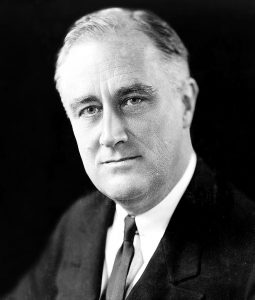 Hear all about Franklin Delano Roosevelt in two podcasts (5-#89 and #90, Combined-#118 and #119). Follow up with Kathleen Krull’s picture book, A Boy Named FDR: How Franklin D. Roosevelt Grew Up to Change the World (930L). Then check out Franklin Delano Roosevelt for Kids: His Life and Times with 21 Activities by Richard Panchyk, a teacher resource which includes ideas to incorporate in your classroom.
Hear all about Franklin Delano Roosevelt in two podcasts (5-#89 and #90, Combined-#118 and #119). Follow up with Kathleen Krull’s picture book, A Boy Named FDR: How Franklin D. Roosevelt Grew Up to Change the World (930L). Then check out Franklin Delano Roosevelt for Kids: His Life and Times with 21 Activities by Richard Panchyk, a teacher resource which includes ideas to incorporate in your classroom.
Search Through a Series . . .
These and other presidents show up in a number of biography series just right for the middle grades! You can investigate an array of alternate options, differentiate your instruction, and meet the needs of students with different reading levels by selecting a number of texts to try!
- The “Childhood of Famous Americans” series (600L) chronicles the lives of many famous American figures, including the presidents! This series of 192-page chapter books is appropriate for third through seventh grade audiences.
- The “Who Was/Is” series (720L) of 112-page books is perfect for middle grade readers. These high interest texts incorporate interesting facts, engaging illustrations, and a timeline!
- The “DK Biographies” (970L) is a series of 128-page chapter books full of the plentiful photos for which DK is known. They include a timeline and bibliography too.
. . . or Ante up an Anthology!
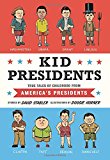 Read about these presidents (and more) in Kid Presidents, just one of the books in David Stabler’s “Kid Legends” series (1010L). These four 208-page books address the lives of sets of famous folks. Stabler’s other books introduce readers to athletes, artists, and authors!
Read about these presidents (and more) in Kid Presidents, just one of the books in David Stabler’s “Kid Legends” series (1010L). These four 208-page books address the lives of sets of famous folks. Stabler’s other books introduce readers to athletes, artists, and authors!
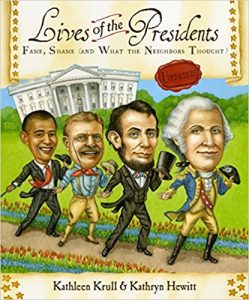 Or, check out Kathleen Krull’s Lives of the Presidents: Fame, Shame (and What the Neighbors Thought), part of her “Lives of . . .” series (1120L). These nine 96-page books have biographies of groups of notable folks, with a chapter dedicated to each person. Each collection has a specific focus; books cover the lives of musicians, athletes, artists, writers, explorers, scientists, pirates, and extraordinary women!
Or, check out Kathleen Krull’s Lives of the Presidents: Fame, Shame (and What the Neighbors Thought), part of her “Lives of . . .” series (1120L). These nine 96-page books have biographies of groups of notable folks, with a chapter dedicated to each person. Each collection has a specific focus; books cover the lives of musicians, athletes, artists, writers, explorers, scientists, pirates, and extraordinary women!
Activities Abound Too!
Seeking ways to further enhance your study? There are plenty of “presidential” activities and innovative lesson plans available, suitable for celebrating Presidents’ Day or the president of the day!
No time for a field trip? You can “visit” The Smithsonian Institution’s National Museum of American History for additional ideas.
Now that you’re loaded up with information about all these folks, it might be useful to find a way to organize it visually. Compile a timeline or picture book, incorporating facts and images. Note: it might be helpful to create a template to guide your students!
Be sure to be on the lookout for the next post in this series (coming in April!), where we’ll focus on poets and poetry! You’ll discover even more literary links to partner with The Walking Classroom’s podcasts.


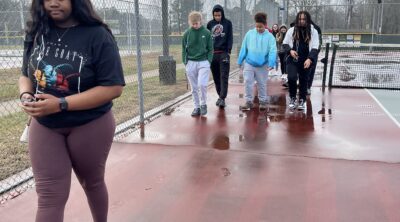
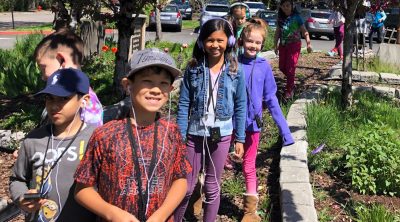
Leave a Reply